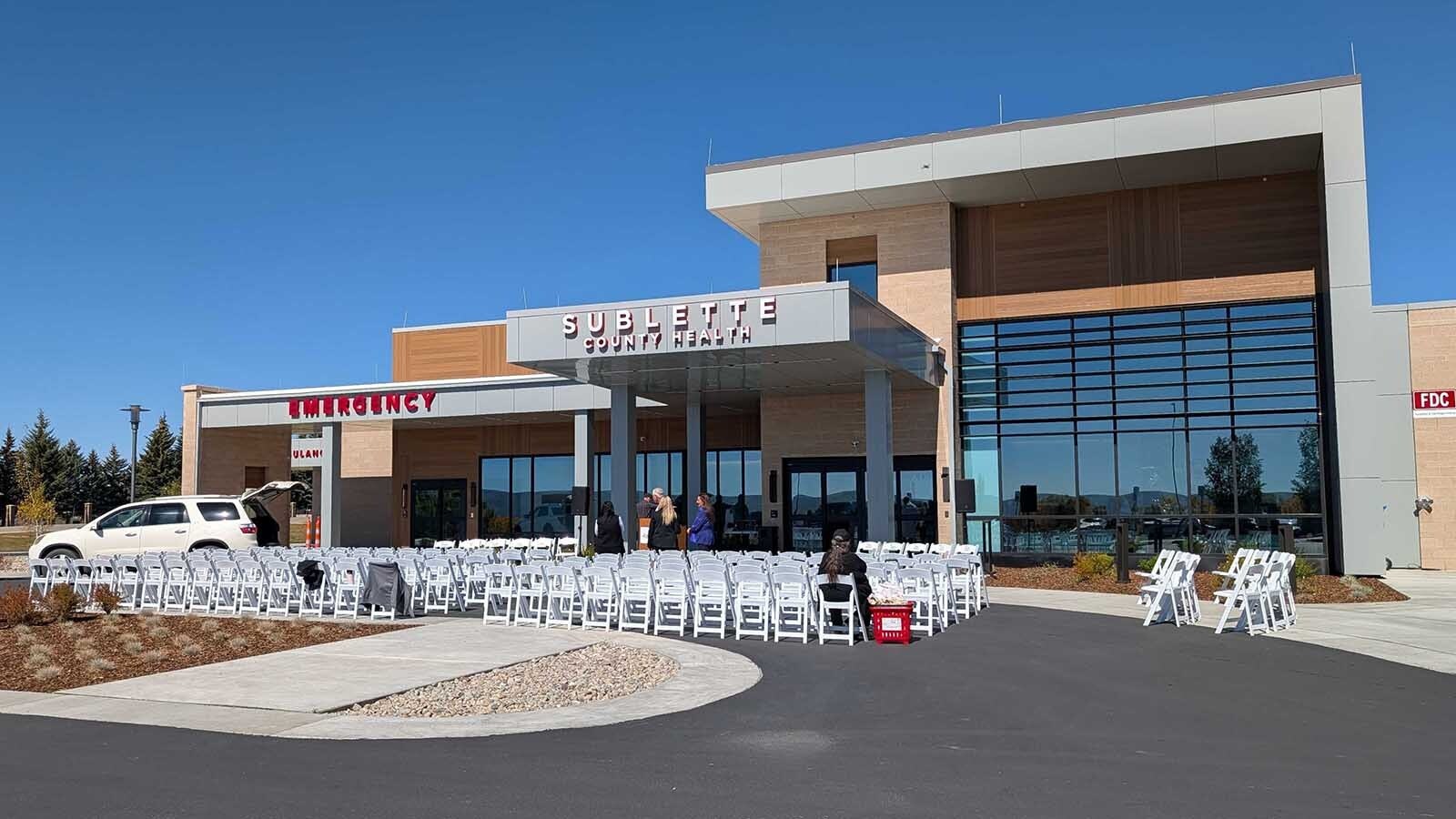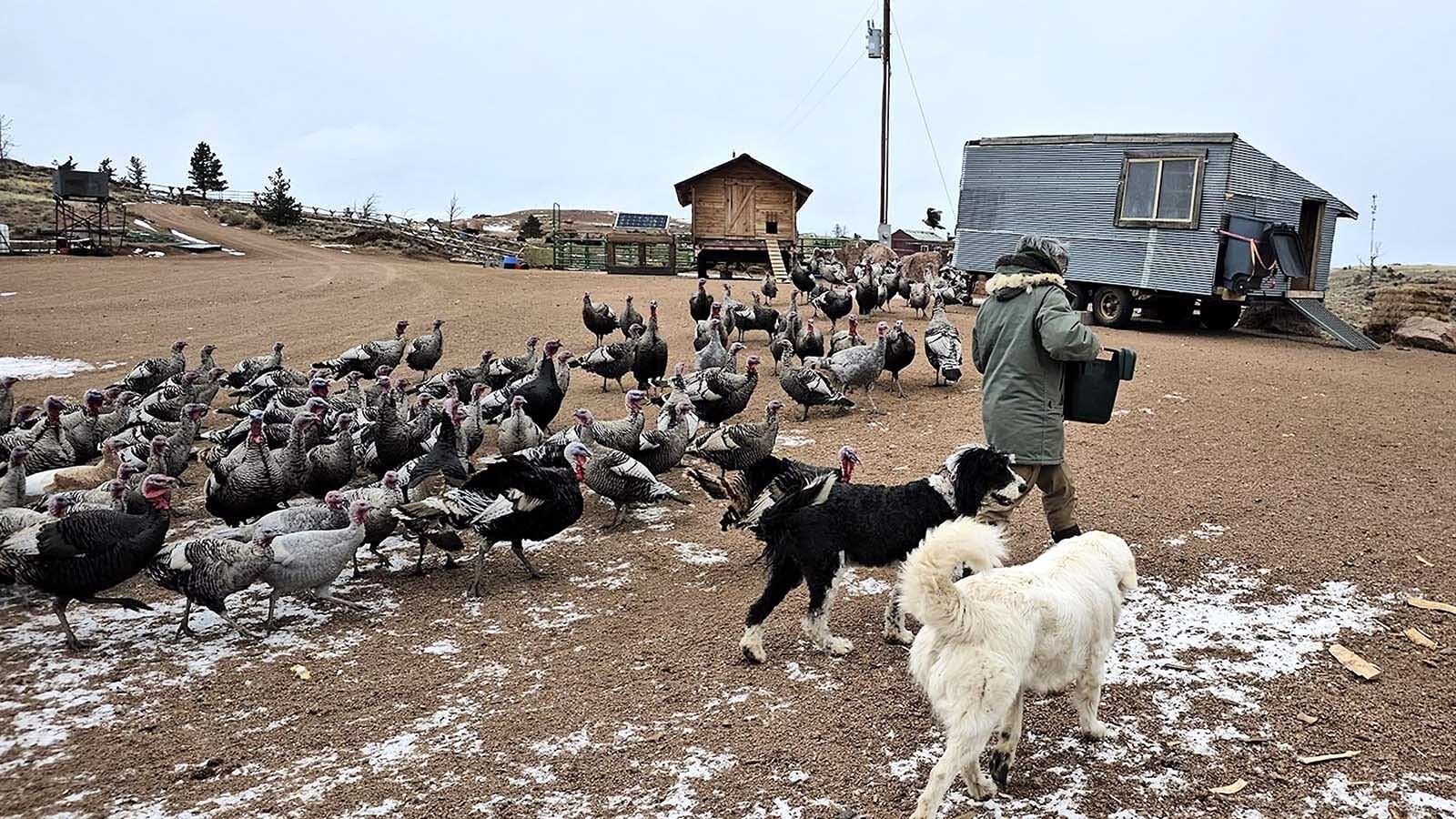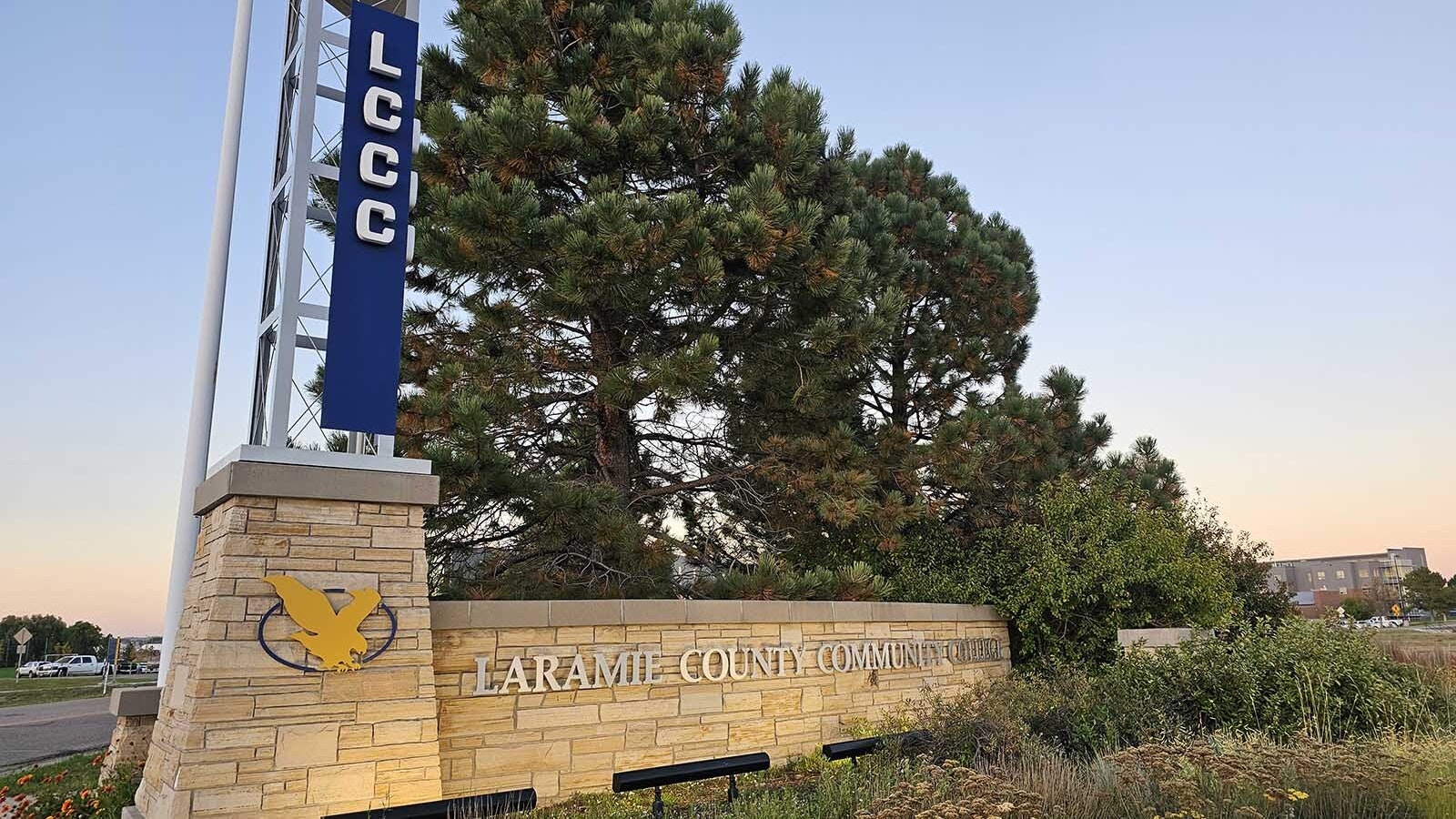Brands seem to have a love affair with Montana.
Keystone RV has for decades manufactured a popular model that’s named after the state, while a brand of paints, a line of furniture and a dizzying list of various clothing and shoe models are also regularly given a Montana moniker.
But in a world awash with Montana products, where’s the love for Wyoming? Or Colorado?
Unlike other Western states, Montana offers a nice advantage thanks to the Spanish origins of the name. Most anyone, no matter what language they speak, can pronounce it.
“The way you see it is the way you say it,” said Reilly Newman, a brand strategist and founder of Motif Brands, a California-based brand transformation studio. “Montana is very approachable and memorable that way.”
Consider the wide-ranging items that bear the state's name.
You could put on one of several Carhartt jackets or vests from its "Montana" series, navigate the backwoods with a Montana handheld GPS navigator from Garmin or sleep in an eight-person Montana tent sold by Coleman.
That’s just for a start. After those, slip on a pair of oiled leather Montana model shoes from Birkenstock, head out for errands with your Montana tote bag made by Portland Leather and save your eyes from the sun with a pair of Spy Optic's Montana sunglasses.
Then take your wedding vows in a Montana lace wedding gown made by Milla Nova and pack the family in a Montana minivan that Pontiac or a Montana fifth-wheel RV manufactured by Keystone.
And that list doesn't include Montana-named companies in places like Denmark, Germany and Spain.
If a brand name calls to mind something positive in the minds of consumers, that carries extra value, said Kaitlyn Yopp, marketing strategy director and vice president of service delivery at Warehouse 21, a Cheyenne-based agency.
“As a branding agency, we think about that memorability, that understandability, the quick associations,” she said. “There’s a simplicity that the word Montana has — it’s very familiar, which makes it memorable.”

The Montana Mystique
When companies are thinking about branding, various states or geographical areas may put ideas into the minds of potential consumers, Yopp said.
Naming a product after the state is an easy way to tell a quick narrative about what the product represents.
“Montana carries this mystique of the West — it’s Big Sky Country with unadulterated landscapes,” Yopp said.
Even if other Western states have those same attributes, consumers may not have a negative bias about Montana like they do about some other places, Yopp said.
What’s more, the cultural phenomenon surrounding the popularity of the “Yellowstone” television show has meant that some brands are trying to capitalize on the state’s allure, as depicted on the show, Yopp said.
The show has some “really interesting framing” that could mean we’ll see even more Montana-named products on shelves, Newman said.
“I do think Montana is going to be on an upswing in terms of popularity,” Newman said.
What’s In A (Place) Name
Geographic names in general have become popular for brands, with Apple leading the way by naming its very techy iOS systems after very outdoorsy California landmarks, Newman said. By creating natural imagery in the minds of consumers, that can help to sell products, he added.
Even if Western states have a lot of similarities, there are other factors to consider, Yopp said.
A company might worry, for example, that a Wyoming-named product could call to mind the state’s ruralness or cowboy culture, Yopp said. Meanwhile the vibes around the Dakotas may not be so alluring to potential consumers, while Colorado may even carry some negative connotations.
Even though Montana isn’t unique in conveying an outdoorsy-centric visual, it lands well with customers on both sides of the political spectrum in the U.S., Newman said, adding that “everyone likes the outdoors.”

Naming Nuances
Not surprisingly, many of the Montana-named products do cater to people who might enjoy the state’s outdoors lifestyle — and that’s intentional because the nuances behind brand names matter more than many of us may realize.
“The word choice we use really does rewire the brain,” Newman said.
Consider a company that makes shoes sold at a retailer like REI and opts for “Montana” for the name of a new model.
“That would be a great name because it fits the audience and makes them feel a certain way,” Newman said. “It’s the perception of how you want someone to feel when they wear the shoe.”
Too Much Montana?
While many companies do seem to be trying to capitalize on the popularity of Montana lately, there is a risk of a bandwagon effect.
Some words tend to become oversaturated in branding and one relevant recent example is how all of the streaming services tacked on the word “plus” to the end of their names, Newman said. Consumers very quickly understood what differentiated the streaming service such that it really wasn’t necessary.
“A word could get overused, it’s definitely possible,” Newman said.
This cuts both ways, Yopp said. Up-and-coming companies may gravitate to certain buzzwords to gain traction because doing so helps them to trade off the familiarity of other brands or connect to an already-established customer base.
While neither Yopp nor Newman expect to see “Montana” fall out of favor soon, brands need to make sure that the name doesn’t become overused.
“Once everything starts to sound the same, it’s hard to differentiate the brand,” Yopp said.







